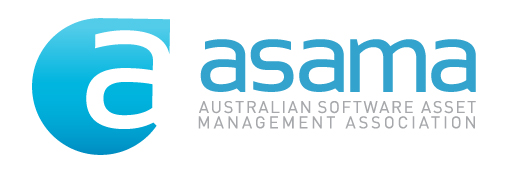

Software Asset Management Topic Specific ArticlesFind the latest information about implementing and maturing your Software Asset Management (SAM) program right here. ASAMA articles cover all aspects of a holistic SAM implementation. The list of articles will continue to grow over time and the subject areas will be across the broad scope of Software Asset Management and they will provide detailed information in the specific subject they are written for. The list of articles below are available for ASAMA members. To become a member just fill out the form at this membership link. You will receive your membership details within 24 hours. People are key enablers of a Software Asset Management (SAM) program and they should be engaged and used effectively in a SAM program. If they are not effectively engaged they can have the opposite effect on your SAM program and cause issues that can detract or disable your program. In your organisation there are a number of different teams that are critical to a SAM program, all of these teams need to be identified and utilised in an effective and effective manner, to ensure their positive contribution to your SAM program. Processes are another key enabler for the SAM lifecycle. When implementing a process the most important aspect is the completeness and accuracy of the data they use and create. SAM has both independent processes like software procurement and shared ICT process like Change and Release Management. Although the outcomes of each are very different, the successful implementation of all processes will provide that enduring framework to your SAM program. Technology is not limited to the discovery, integration and automation of SAM data running on a network. These are the starting blocks of a SAM implementation, but to mature consideration needs to be placed on how technology and data are related, where and how is data stored, who has permissions, how long is it kept and how to we verify and mine the data technology brings back. Technology enables accuracy and completeness when implemented correctly, if incomplete it can create a false sense of SAM maturity. Incomplete or incorrect data could be uncovered at the most inopportune time, for example during an audit. The communication of SAM is very important. Communication enables a constant delivery of information that is design to engage others in developing and supporting your SAM program. Communication content includes both new information and the reinforcement of existing messages. Communication needs to occur both internally and externally to your organisation, this includes industry as they can play a integral role across SAM and should be considered within any communications approach. Governance is a mandatory function that needs to be implemented across the entire SAM program. It is required to ensure that there is the appropriate level of data security, record keeping, monitoring, reporting, probity and financial control. This provides SAM a consistent management approach, cohesive policies, responsibilities, accountabilities, guidance and processes. Planning and Reporting support the creation and then momentum of a SAM program. Planning is important as it sets goals both short and long term, priorities and enables executive support for the activities that will take place. Reporting enables you to sell the benefits of the program throughout the journey. Benefits need to cover financial, compliance and other business benefits for your organisation. Data is the core to the success of any SAM Program. As identified in ISO 19770-1:2012 Data is the core of SAM. There are three key requirements for data; completeness, accuracy and defend ability. Your organisation must implement and maintain controls over the data and the environment it is sourced from. Control measures must be implemented to develop, implement, maintain and to archive data. Data is influenced and shaped from the other disciplines of the SAM program, these being: People, Process, Technology, Reporting, Communication and Governance. Without models and a measured approach to assessing maturity an organisation can not ensure it is making improvements over time. A well defined SAM model provides the scope and definition of what will be implemented. This together with a clear defined way of measuring progress ensures the continuing success and maturing of the SAM implementation across your organisation. There are different approaches to implementing and measuring the different aspects of your SAM program. Software vendors are in the market for one reason, profits. To deliver the business outcomes your organisation is trying to achieve it is important to understand what motivates the vendors you are dealing with. Reporting quarters, sales targets, or future growth within your organisation are all examples of levers you can use when dealing with a vendor. Remember you want to execute a deal on your terms, don't be sold on the extra set of steak knives.
|
|
Copyright © 2013 - 2018. Australia Software Asset Management Association (ASAMA) ACN 164 065 909.